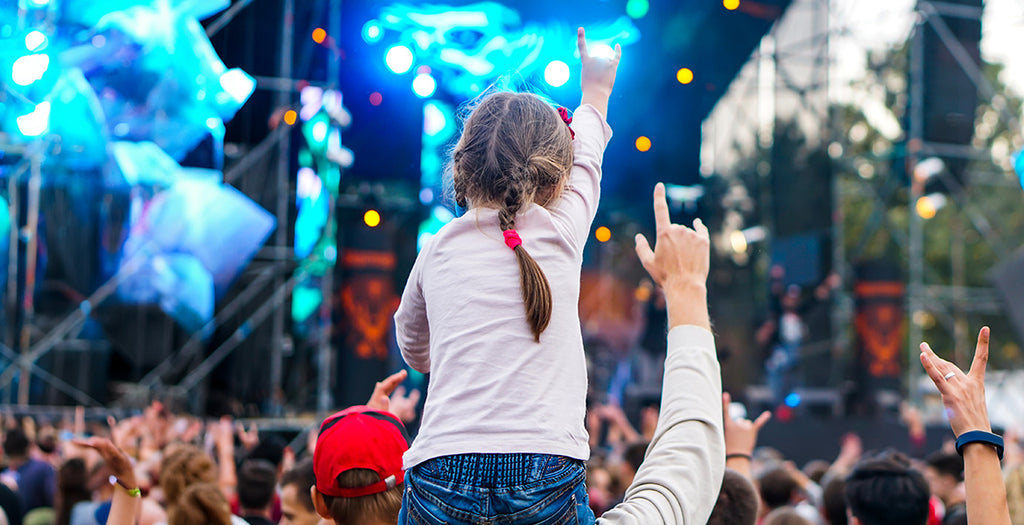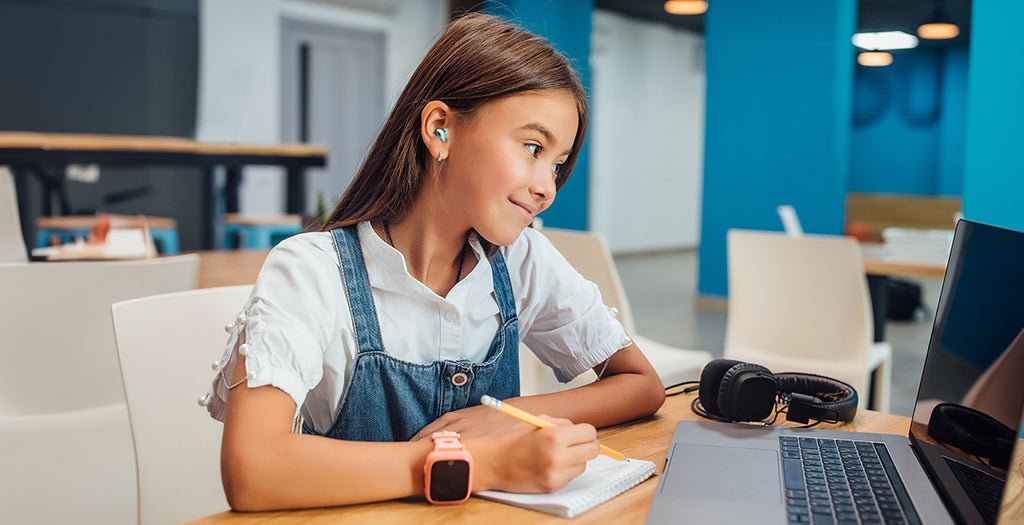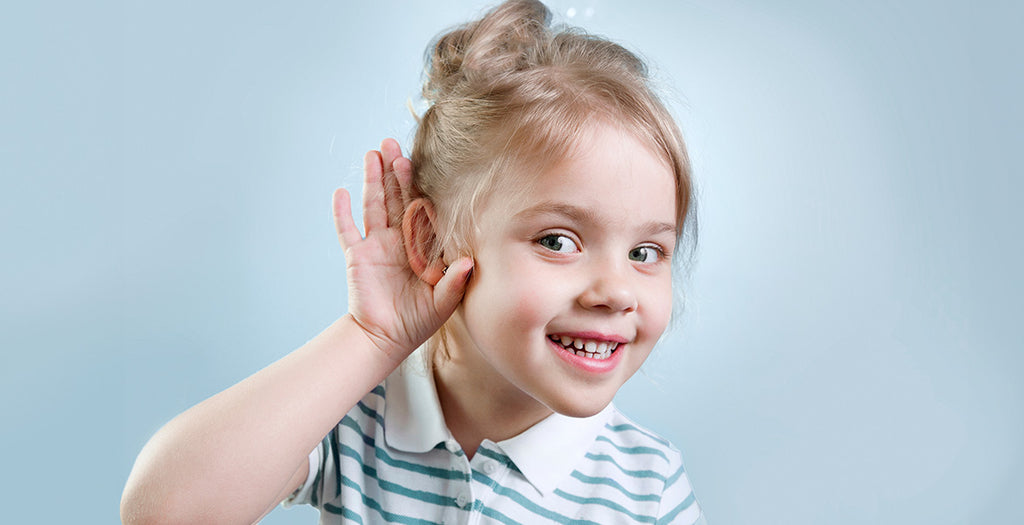Introduction
As parents, we want to protect our children from all harm. One danger that often goes overlooked is noise-induced hearing loss. Loud noise can damage hearing at any age, but developing ears are especially vulnerable. Exposing children to loud sounds can lead to permanent hearing damage that impacts them for life. That's why taking steps to protect your kids' precious hearing is so important starting at a very young age.
From noisy toys to concerts to everyday environments like playgrounds and movies, kids encounter hazardous decibel levels frequently. Taking steps to protect their hearing during loud activities is crucial. With some awareness and appropriate ear protection, parents can help preserve their children's precious gift of hearing.
In this article, we'll cover how children's ears are more prone to permanent injury, highlight loud activities to watch out for and provide tips to safeguard your child's hearing health for the long run.

Permanent Damage Can Occur Early On
Our sense of hearing relies on thousands of microscopic hair cells that line the inner ear and convert sound waves into neural signals for the brain. These delicate hair cells cannot regenerate if they are damaged. Exposure to loud noises can permanently destroy these hair cells. The damage is permanent because the cells cannot regrow.
Children's ears are still developing, making them extra sensitive to high decibel levels. In fact, the soft tissue of a child's inner ear can suffer harm at lower decibel levels compared to an adult ear. Unfortunately, research shows that regular exposure during critical growth periods increases the risk of lifelong impairment. While adult ears may recover after a temporary threshold shift, developing ears also do not rebound.
Waiting for obvious signs of hearing loss means significant unseen harm has already happened. Since noise-induced hearing loss is painless, progressive, and irreversible. Noise exposure that causes only temporary hearing loss or just ringing/buzzing in the ears still indicates lasting damage has likely occurred. These temporary effects signify that hair cells in the inner ear have been overloaded and injured. Though hearing may bounce back initially, the damage is often cumulative, and permanent impairment will emerge over time. The dangers are invisible, so the effects only show up years later after a significant loss has occurred. Taking a proactive approach is key to avoiding long-term issues. Protecting kids from excessive noise will let them retain healthy hearing into adulthood.
Common Loud Activities for Children
From boisterous play to entertainment, kids encounter hazardous sound levels frequently.
Any sounds over 85 decibels in volume pose a threat. For perspective, average sound levels include:
- Birthday parties: 90-110 dB
- Parades, carnivals: 100-115 dB
- Sporting events: 100-120 dB
- Concerts: 110-120 dB
- Fireworks: 140-160 dB
Here are some common loud activities and the risks they pose:
Concerts and Live Music Events

Concerts often exceed safe noise limits. Brief exposure at this level can cause immediate damage. Children's smaller ear canals make them more prone to harm, especially closer to speakers. Providing earplugs designed for kids helps dampen excessive volume while still allowing them to enjoy the music.
Sporting Events
Cheering crowds at many stadiums and arenas can generate noise over 100 decibels. Prolonged exposure puts children at risk. You can opt for earplugs or protective earmuffs so they can participate safely in the energetic atmosphere.
Playgrounds
Playgrounds often buzz with shouting and laughter. While a fun environment, the cacophony can surpass 85 decibels. It is necessary to have kids take regular listening breaks to minimize damage from prolonged exposure during play.
Movies
Being surrounded with movie theaters makes films more immersive but also increases volumes. Parents are required to bring hearing protection so kids can still follow dialogue without injuring their ears.
Loud Toys
Toy guns, vehicles, and musical instruments can blast noise over 120 decibels near kids' ears. You can carefully monitor play time and consider noise-limiting earmuffs to maintain safer sound levels.
Brief exposure to these loud activities is usually safe. However, repeated exposure without protection raises the lifetime risk of noise-induced hearing loss. Parents need to defend their children's ears whenever possible.
Tips on Protecting Children's Hearing
There are many straightforward ways parents can safeguard kids' hearing during loud activities. Being proactive allows children to still participate while avoiding damage:
Choosing Appropriate Protection

- Look for earplugs or earmuffs marketed for children and ensure proper fit. Ill-fitting devices leave ears vulnerable too.
- For music events, opt for specialized filtered earplugs that lower volumes while preserving sound quality.
- For very loud environments like monster truck rallies, seek earmuffs or plugs with high Noise Reduction Ratings of 25+ decibels.
Using Devices Properly
- Show children how to insert disposable and reusable earplugs correctly so they make a tight seal in the ear canal.
- Adjust earmuff cups to fit comfortably and securely over each ear for full coverage. Avoid compression.
- Check periodically to ensure equipment stays in proper place on/in ears for continued protection.
Following Noise Limits
- Use volume-limiting headphones and set kid-friendly sound limits on media players.
- Take frequent listening breaks during prolonged exposure.
- Move further away from sources producing intense sound like speakers. Distance is protective.
Modeling Safe Listening
- Wear hearing protection yourself to demonstrate good ear health habits. Children mirror adult behaviors.
- Turn down your own volumes, take listening breaks, and avoid overexposure. Set a positive example.
Educating Children
- Discuss the importance of hearing health and how to prevent damage. Foster awareness and smart listening skills.
- Make ear protection fun. Allow kids to pick out their own special plugs and muffs in their favorite colors.
Being Vigilant
- Monitor situations closely and intervene at first sign of uncomfortably loud volumes.
- Conduct regular hearing checks and see a pediatric audiologist if any concerns arise. Early detection helps.
Being Aware of Noise Sources
- Kids encounter loud sounds from many sources in their daily environments. Be mindful of potential risks and take action to minimize hazardous exposure:
- Traffic and transportation like planes, trains, and automobiles can blast noise over 85 decibels. Parents can limit time spent near noise sources when possible.
Following these straightforward tips will allow kids to enjoy activities while protecting their irreplaceable hearing. Kids won't always self-regulate exposure to dangerous decibels. As a parent, be proactive about consistent hearing protection whenever your child participates in noisy activities. Their future hearing health depends on it.
Hearing is Precious at Any Age

Hearing allows children to connect with the world around them. From stimulating a baby's developing brain to enabling learning and language, good hearing plays a vital role. Protecting this precious gift early on ensures kids will have the ability to listen, learn, and engage throughout their lives.
With awareness and some simple precautions, we can minimize the risks loud activities pose. Keeping volumes within safe ranges, utilizing ear protection, and allowing ears regular rest all help preserve long-term hearing. Instilling these habits in childhood will equip kids with skills to safeguard their hearing into adulthood.
Though subtle and invisible, noise damage done in youth can have profound effects later on. Prioritizing ear health now will allow our kids to fully participate in life's noises and quiet moments. By taking steps to shield developing ears from harm, we give children the gift of healthy hearing for the future.












